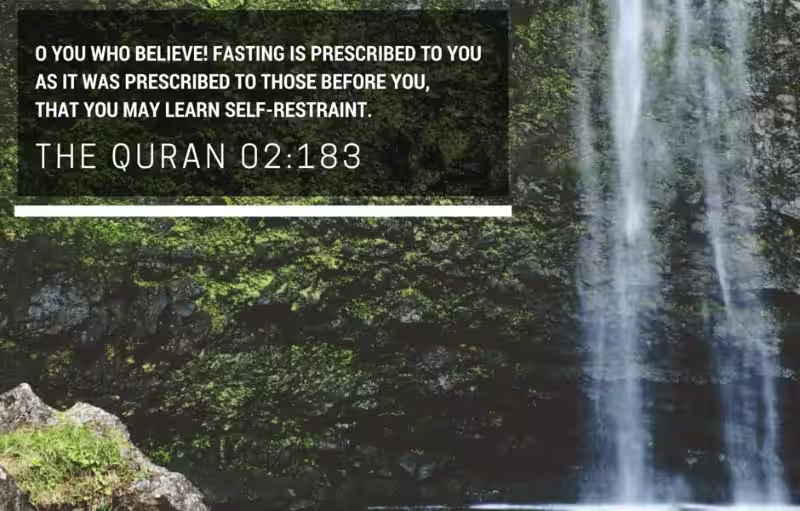
The concept of karma (الكَرْمَة in Arabic), transcends cultural and religious boundaries, echoing across centuries in various philosophical and spiritual traditions. While often associated with Eastern philosophies like Hinduism and Buddhism, it holds a deep resonance within the Arabic world, interwoven with Islamic beliefs and Sufi teachings. This article delves into the Arabic understanding of karma, exploring its significance and practical applications in everyday life.
Karma: The Law of Cause and Effect
At its core, karma is a universal law, a principle of cause and effect that governs the flow of life. It dictates that every action, whether physical, mental, or verbal, creates a ripple effect, influencing both the present and the future. This principle is beautifully captured in the Arabic proverb, “كلّ نفسٍ بما كسبت رهينة” (Every soul is a hostage to what it has earned). This proverb emphasizes the inherent responsibility we hold for our actions and their consequences.
Contrary to popular misconception, karma is not about punishment but about natural consequence. It’s like planting a seed; if you plant a flower seed, you’ll eventually get a flower. Similarly, if you cultivate positive actions (أفعال حسنة), you’ll reap the rewards of happiness and fulfillment. Conversely, negative actions (أفعال سيئة) lead to suffering and adversity. Understanding this principle encourages us to approach life with mindfulness and intention.
Beyond the Physical Realm: Karma in Islamic Tradition
Within Islam, the concept of karma finds resonance in the concept of al-Qada wal-Qadar (divine decree and predetermination). While acknowledging the existence of a divine plan, Islam emphasizes free will and individual accountability. We are free to choose our actions, and those choices influence our karma. This is reflected in the Islamic belief in tawba (repentance), signifying that we can change our course and mitigate negative karma through sincere remorse and positive actions.
The Quran, the holy book of Islam, provides numerous verses that highlight the importance of good deeds and the consequences of wrongdoing. For instance, in Surah Al-Insan (76:8-9), it states, “And We will surely test you with something of fear and hunger and a loss of wealth and lives and fruits, but give good tidings to the patient, who, when disaster strikes them, say, “Indeed we belong to Allah, and indeed to Him we will return.” This verse emphasizes that hardships and difficulties are tests that can be overcome through patience and reliance on God’s will.
Navigating the Path of Karma: Practical Guidance
The beauty of karma lies in its practicality. It provides a framework for living a purposeful and meaningful life. Here are some practical steps to navigate the path of karma:
1. Cultivate Mindfulness:
Be present in the moment, observing your thoughts and actions. Become aware of the intentions behind your actions, and strive for kindness and compassion in all your interactions. This awareness allows you to make conscious choices that align with your values and contribute to positive karma.
2. Embrace Forgiveness:
Holding onto anger and resentment creates negative karma. Forgiving yourself and others allows you to release the burdens of the past and move forward with a clean slate. Arabic proverbs like “سامحني يا الله، سامحني يا الناس” (Forgive me, Oh God, forgive me, Oh people) emphasize the importance of seeking forgiveness for both our own wrongs and the wrongs done to us.
3. Practice Gratitude:
Appreciating the blessings in your life, both big and small, fosters a sense of contentment and attracts positive energy. Gratitude helps you focus on what you have rather than what you lack, creating a positive ripple effect in your life and the lives of others.
4. Seek Knowledge and Wisdom:
Understanding the principles of karma, both through religious teachings and personal reflection, empowers you to make informed choices. Seek knowledge from wise individuals, study spiritual texts, and engage in meaningful discussions that deepen your understanding of the human condition.
Conclusion: Embracing the Journey of Karma
The journey of karma is a lifelong process of learning, growing, and evolving. It is not about fear or punishment, but about understanding the intricate web of cause and effect that governs our existence. By embracing the principles of karma, we can cultivate a more fulfilling and meaningful life, guided by compassion, mindfulness, and a deep appreciation for the interconnectedness of all beings.
Frequently Asked Questions about Karma in Arabic
ما هو الكرمة؟
الكرمة هي مفهوم موجود في مختلف التقاليد الدينية والفلسفية، وخاصة في الهندوسية والبوذية والجاينية. غالبًا ما يتم وصفها كمبدأ للسبب والنتيجة، حيث يكون للعملات عواقب، في هذه الحياة وفي الحياة المستقبلية.
هل الكرمة هي العقاب؟
لا، الكرمة ليست عقابًا. بل هي قانون طبيعي للسبب والنتيجة يعمل بشكل غير متحيز.
ما هي أنواع الكرمة؟
هناك نوعان رئيسيان للكرمة: الكرمة الجيدة والكرمة السيئة. الكرمة الجيدة تؤدي إلى السعادة والظروف المواتية، بينما تؤدي الكرمة السيئة إلى المعاناة والعكس.
كيف يمكنني تحسين الكرمة؟
يمكن تحسين الكرمة من خلال القيام بأعمال جيدة، مثل المساعدة واللطف. كما يمكن تحسينها من خلال ممارسة التأمل واليوغا.
هل يمكنني تغيير الكرمة؟
نعم، يمكن تغيير الكرمة من خلال تغيير سلوكنا وأفكارنا.
ما هي أهمية الكرمة؟
الكرمة مهمة لأنها تشجعنا على التصرف بأخلاقيات جيدة ورعاية الآخرين. كما أنها تمنحنا الأمل في التغيير والتحول.
- Use semantic HTML5 tags for better structure and accessibility. (e.g., `
`, ` - Validate your HTML with tools like the W3C validator for errors and warnings.
- Optimize your HTML for SEO with relevant headings, alt text for images, and structured data.
- Use CSS for styling and separate it from your HTML for cleaner code.
- Write clear and concise HTML with meaningful element IDs and classes.
- Minify your HTML, CSS, and JavaScript for faster loading times.
- Use responsive design techniques to make your website work on all devices.
- Test your website on different browsers and devices to ensure compatibility.
- Use ARIA attributes to enhance accessibility for users with disabilities.
- Avoid using inline styles, as they are harder to maintain.
- Use CSS preprocessors like Sass or Less for better organization and maintainability.
- Use CSS Grid or Flexbox for responsive layout designs.
- Optimize images for web use with formats like WebP or JPEG 2000.
- Use a CDN (Content Delivery Network) to deliver your website files faster.
- Leverage browser caching for faster loading times.
- Avoid using too many nested elements, keeping your HTML structure clean and readable.
- Use comments to explain complex parts of your code.
- Keep your code consistent with a style guide for better readability.
- Consider using a framework like Bootstrap or Tailwind CSS for faster development.
- Use a linter to check your code for errors and best practices.
- Test your website on different screen sizes and resolutions.
- Ensure your website is mobile-friendly with a responsive design.
- Use a content management system (CMS) to easily manage your website content.
- Use a web server like Apache or Nginx to host your website.
- Use a database like MySQL or PostgreSQL to store your website data.
- Use a version control system like Git to track your code changes.
- Learn about web security best practices to protect your website from attacks.
- Use a tool like Google Analytics to track your website traffic and user behavior.
- Use a web developer console to debug your code and inspect your website.
- Stay updated on the latest web technologies and best practices.








